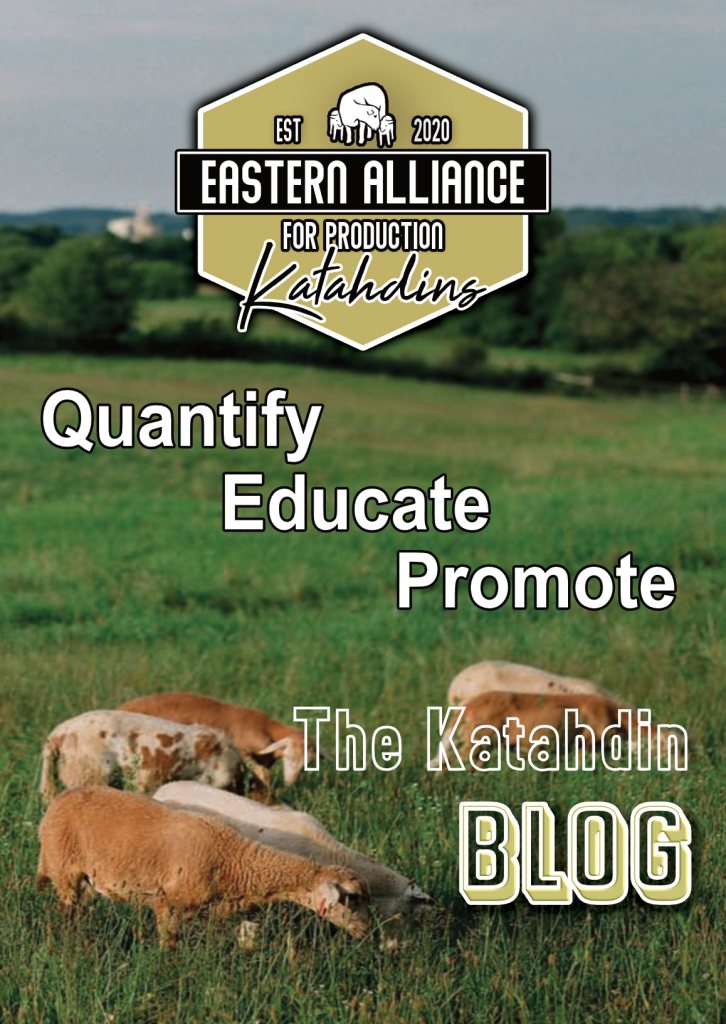Biosecurity Testing
Sheep can be affected by infectious diseases that affect the productivity of your flock. Some diseases can only be transmitted by close contact between sheep, as the organisms responsible only survive in the environment for a short time. Other diseases can be spread via people, vehicles, birds, insects and wildlife,


